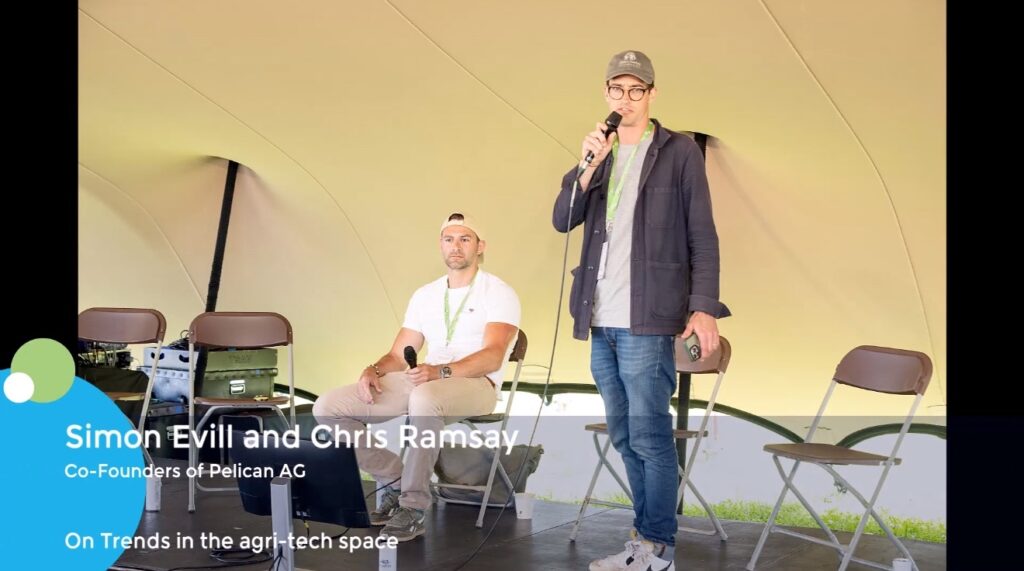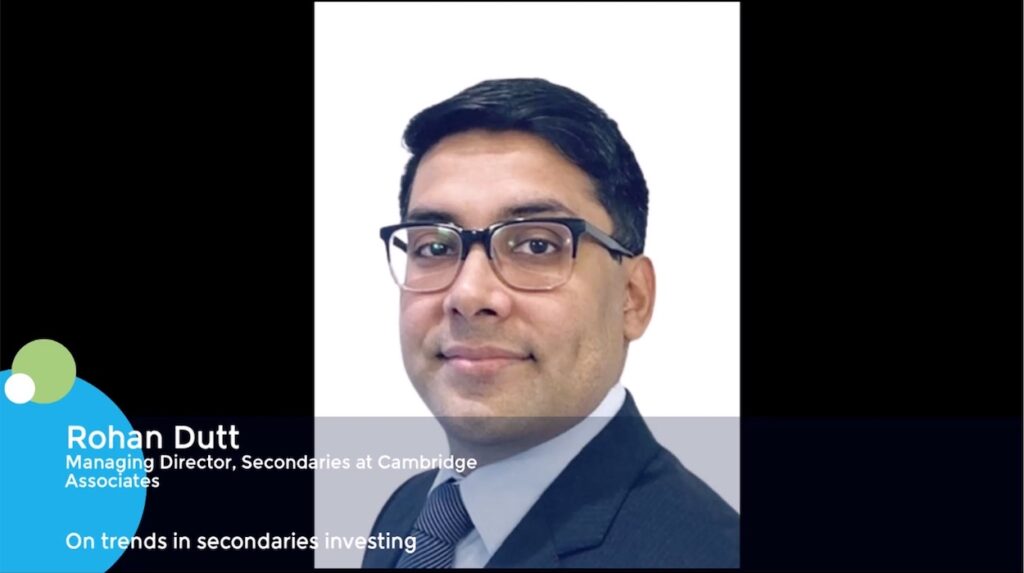‘Silver Tsunami’ to stir up massive wave of M&A in Australian aged care sector
The impending “silver tsunami” of baby boomers heading into retirement is set to stir up a massive wave of M&A in the Australian aged care sector, according to experts polled by Mergermarket after March’s annual Leaders Summit conference in Sydney.
Just last week (17 April) speculation surfaced that under new CEO John Carfi, Ingenia Communities [ASX:INA] could sell its holiday parks business to focus on retirement villages, likely making it a more attractive target, while Infratil- and NZ Super-owned RetireAustralia, which was the subject of a more than AUD 1bn (USD 0.6bn) takeover offer in May 2022, has reportedly been put up for sale again.
The sector, which saw significant M&A in recent years as part of its evolution from a government-funded cottage industry to an industry and asset class in its own right, is in line for another wave as imminent new reforms aim to address burgeoning demand but limited supply and funding, said Christopher Baynes, CEO of senior living services and media group DCM, and organizer of the Leaders Summit conference.
The Australian government’s 14 May annual budget is expected to address the final recommendations of the Aged Care Taskforce, set up after the 2019 Royal Commission into Aged Care Quality and Safety. This is expected to pave the way for consolidation both by existing players and new entrants and with the increased backing of both domestic and offshore investors, Baynes told Mergermarket.
Of note, the Taskforce’s recommendation for means-tested co-contributions by individuals will bring more revenue and certainty around financial returns into the sector, while its recommendation to help seniors live “at home” for as long as possible, will encourage innovation and development of the emerging ‘assisted living’ property-backed accommodation model with services being supplied into that, noted Cam Ansell, MD of aged care consulting and business advisory firm Ansell Strategic.
While consolidation by existing players is inevitable, we will also see M&A being driven by the emergence of this new model and even players with scale will have to re-evaluate the relevance of their models and missions, Ansell said.
Sophisticated investors including super and pension funds, Real Estate Investment Trusts (REITS), and private equity (PE) firms, from both Australia and offshore, will increasingly be encouraged to enter the sector, added Ansell, whose firm has advised numerous dealmakers in the space including Swedish PE firm EQT, which bought Stockland’s [ASX:SGP] retirement business, now renamed Levande, in August 2022 for almost AUD 1bn, and also took a minority stake in home care services provider Five Good Friends in 2021 for an undisclosed value.
The big will get bigger
The big will get bigger in the accommodation sector, said DCM’s Baynes, noting that the sector is currently dominated by high-care residential facilities on the one hand, and retirement village and land lease lifestyle community-type operators on the other.
Consolidation in the highly regulated residential aged care sector, which is expected to shrink from 780 operators to about 100 in the next three years, will primarily be driven by Australian groups including large not-for-profits like church group Anglicare, or Regis [ASX:REG], which is the last remaining ASX listed aged care operator, DCM’s Baynes said.
However, we are increasingly also seeing offshore investors emerging as backers of other large groups in the space, he pointed out. Opal Healthcare, for one, is 50% owned by AMP and 50% by Singapore investment company GK Goh Holdings. Estia, which was acquired by Quadrant PE in 2013 for AUD 175m and listed in 2014, was taken private by US PE firm Bain Capital for AUD 838m in August 2023.
Stephen Becsi OAM, CEO of privately owned residential aged care operator Apollo Care, told Mergermarket earlier this month he was seeing interest from an expanded range of investors including Australian institutions, and investors in offshore markets like Singapore, and could also secure debt funding for the first time. The need for scale naturally leads to consolidation, Becsi said, noting that his company is well placed to be an aggregator in residential aged care.
The less regulated retirement village sector, which is dominated by several larger players and about 500 smaller operators that lend themselves to roll-up plays, will continue to attract offshore investors who understand the dynamics of aging and land limitations, DCM’s Baynes said.
In addition to Ingenia and RetireAustralia, retirement village groups include Aveo, which was taken private by Brookfield Asset Management [NYSE:BN] in 2019 for AUD 1.3bn; and Keyton, formerly Lendlease’s [ASX:LLC] retirement business, now 75% owned by Aware Super and APG Asset Management.
Senior living in Australia rates high as a preference for international investors with land lease communities and the rental model being seen as particularly favourable, Noral Wild, International Director, Head of Alternatives – APAC, at Cushman & Wakefield, told conference delegates.
Domestic players are also active in the land lease sector. Stockland bought Halcyon’s land lease business in 2020 for AUD 620m after selling its retirement village business; Mirvac [ASX:MGR], Pacific Equity Partners (PEP) and Tasman Capital bought Serenitas last October for some AUD 1bn; and Aspen [ASX:APZ] has been trying to acquire Eureka [ASX:EGH] with no luck so far.
New models to drive deals
M&A will also be driven by the emergence of innovative new models, experts agreed.
The accommodation sector, for one, is seeing the emergence of new ‘assisted living’ models in the guise of smaller, homestyle settings for residents with similar care needs that are of interest to many, said Danielle Robertson, director at consultancy DR Care Solutions, citing as examples dementia care company Group Homes and ‘microtown’ developer NewDirection Care.
The home care services sector, which will be responsible for providing a broad range of services to leverage the new property-backed accommodation model, has the most potential for innovation, and will also see significant deal activity, with some 920 home care providers now expected to shrink to about 100 in the next three years, DCM’s Baynes said.
Leading the charge is Australian Unity, which unveiled a new ‘home health’ model to deliver integrated healthcare solutions for in-home, community and virtual settings in 2022, and acquired Quadrant PE’s MyHomeCare for AUD 285m this February.
Other potential consolidators include large existing providers of aged care accommodation and services such as not-for-profit groups like BaptistCare, which expects to complete its acquisition of Presbyterian Aged Care’s home care business this June.
There’s also an opportunity for PE to enter again, rolling up home care services providers, or even creating broader services groups comprising allied health and other services providers, in line with the emerging ‘home health’ model, DCM’s Baynes said.
Many home care providers are moving into the home health space, offering Hospital in the Home (HITH) services, which is a natural progression, even for non-clinical care, noted DR Care’s Robertson. We are seeing many allied health providers like physios, dieticians, nutritionists, and speech therapists working closely with home care providers, added Robertson, who sold her home care business Dial-An-Angel in 2014 for an undisclosed sum.










